Summary
of
Eat Fat, Get Thin
By
Mark Hyman
SpeedyReads
Note to readers:
This is a SpeedyReads companion book of Mark Hymans Eat Fat, Get Thin meant to enhance your reading experience. You are encouraged to buy the original book.
Copyright 2017. All rights reserved. No part of this publication may be reproduced, stored in a retrieval system or transmitted in any form or by any means, electronic, mechanical, photocopying, recording or otherwise, without prior permission of the publisher.
Limit of Liability / Disclaimer of Warranty: The publisher and author make no representations or warranties with respect or the accuracy or completeness of these contents and disclaim all warranties such as warranties of fitness of a particular purpose. The author or publisher are not liable for any damages whatsoever. The fact that an individual or organization is referred to in this document as a citation or source of information does not imply that the author or publisher endorses the information that the individual or organization provided. This is an unofficial summary & analytical review and has not been approved by the original author of the book.
How Well Do You Know Eat Fat, Get Thin?
Is there a relation between heart disease and fat consumption?
Does a healthy diet include more fats or carbohydrates?
What is the relation between carbohydrates and insulin?
What are the different types of fats?
What are Trans fats?
Your Free Gift
As a way of saying thank you for your purchase, Were offering you a free special report thats exclusive for our book readers.
In "Delicious Reading: How to Quadruple and Enhance Your Book Reading Experience Within 24 Hours", youll discover simple but powerful ways to heighten and enhance your book reading experience that was only known by the top book connoisseurs. Until now
 Go to link below before it expires!
Go to link below before it expires!
http://www.easysummaries.com/gift
Summary of Eat Fat, Get Thin
Contents
Book Summary of Eat Fat, Get Thin by Mark Hyman
The fear of consuming fat was ingrained or rather programmed into the minds of the common man by the government by introducing ideal diets that would efficiently help people control their weight and keep them healthy. However, the percentage of disease has increased over time even though the introduction of the high carbohydrate with low fat diet was to help stop fat storage in the body and eventually, the clogging of arteries. Scientifically, it has now been proven that it is carbohydrates that end up being converted into fats rather than fats being stored right away on consumption. Keeping away from fats leads people to rely on refined carbohydrates. The consumption of no fat in the diet has yet to show its results. The writer of the book himself went vegetarian for years and yet came to notice visible fat deposits even when he was exercising. The writer changed his diet and saw visible results. Further, the diet was tested on an approximate 20,000 subjects who showed weight reductions as well as a reduction in hip and waist circumferences. Carbohydrate intolerance is prevalent everywhere and the given quiz proves it. The food consumed can actually make people Feel like Crap (FLC) and the quiz results show how much.
The thing about the scientific community is that it tends to believe in unproven facts sometimes or selectively biased tests as in case of diet selection. Interestingly, some of the research supporting the high carbohydrate diet was sponsored by the food companies whose products were in line with the diet. At times, research was forcefully noticing the results that proved its hypothesis and this is how refined sugar became a major problem for modern people. Calories in, calories out is a theory based on energy expenditure of the calories in lab settings and yet no two calories are the same. One cannot compare the calories gained from consuming vegetables and those gained from consuming soft drinks. For what its worth, it should be noted that the hidden or mostly ignored fact is that the insulin secreted through carbohydrate ingestion stimulation is the cause of increased fat storage in the body. Fat ingestion mainly results in slowing digestion because it cannot be easily broken down and hence insulin release is hampered. In 1980, this was something that was going to be exposed to the general public by the WHO and the U.S. government stopped the announcement by threatening them with retractions of donations. Correlation with heart disease was studied and nothing that pointed out the relation between high fat consumption and heart disease was found. It was not until 2015 that the government finally allowed loosening of the low fat diet fad it had started. AHA also changed and loosened its restrictions on the low fat diet consumption it had promoted earlier.
Metabolism is repeatedly being treated as a math problem but it is not so. No two calories are the same and should not be treated as such. The basis of this is the difference in the stimulations caused by the ingestion of different nutrients. Carbohydrates stimulate insulin while fats do not. Additionally, carbohydrate consumption results in starting the vicious cycle of more hunger pangs due to insulin. With more careful carbohydrate consumption, the hunger pangs felt are in turn controlled by the hormones secreted from the adipocytes (fat cells). Research has additionally shown the effect of carbohydrate compared to fat consumption on the amount of food ingestion and results have shown that the group consuming fat had less hunger for more food and therefore, they consumed lesser and lesser. Research has further shown the differences between the lipid profiles of those who consumed a higher fat diet and those who took a high carbohydrate diet. There was a reported decrease in insulin resistance in those who were part of longer programs. The worst effects of insulin reduction include the kidneys retention of sodium and the resultant water retention. However, this effect can be negated by adding salt to the diet.
All fats were not created equal and this serves as the focus of the writer in the book where he explains in detail about the different types of fats i.e. saturated, monounsaturated, polyunsaturated and Trans fats. The saturation of fats is the function of an absence of hydrogen in the fat. Monounsaturated fats contain one carbon-carbon double bond and polyunsaturated fats contain more than one while Trans fats contain Trans at the end of fat chains. Hydrogen is bad in combination with fats and so polyunsaturated fats and Trans fats have gained a bad name. Laureate, myristate, palmitate and stearate are found in the naturally occurring produce and are said to increase the HDL while reducing LDL (bad fat) or simply changing the LDL into a more body friendly form. These saturated fats are the building blocks of cells as well. The sources of these include coconut oil, cocoa butter and palm oils. Monounsaturated fats are found in olive oil, avocado, dairy, animal foods and a variety of nuts. In unrefined forms, monounsaturated fatty acids have been associated with reductions in heart disease, insulin sensitivity, risk of breast cancer, weight gain, etc. Polyunsaturated fats have major focuses in the form of omega 6 and omega 3. While both are required in a balance, Omega 3 is the one that benefits the body by providing itself for insulin function regulation, neurotransmission and inflammation.
On the other hand, omega 6 is positively associated with heart disease, inflammatory diseases, cancer and autoimmune diseases. However, it is a reality that these oils get rancid fairly quickly, which makes them unattractive to the masses. It cannot be denied that they are required in balance because of their importance in the bodys many functions. With the increasing demands of the population came the increased need of oils that will not go stale. The food industry came up with the process of hydrogenation and it is due to this that the majority of the population in America has high LDL levels with low HDL levels. Consequently, the population is at risk of heart disease, cancer, dementia and inflammatory problems.
Next page




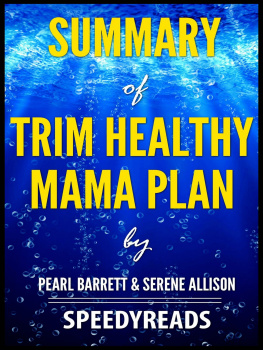
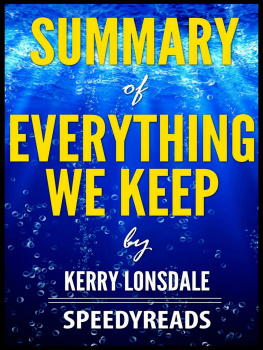
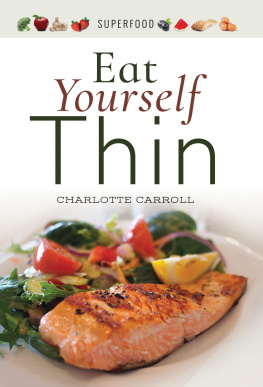
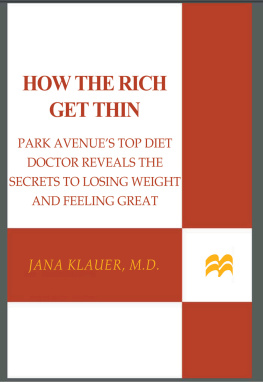


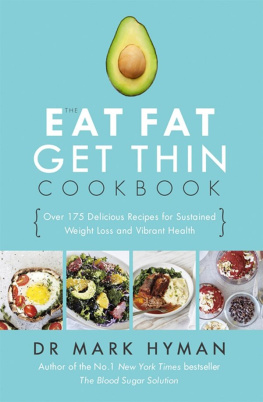
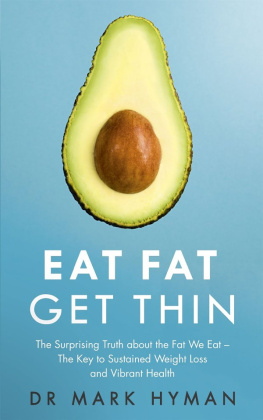
 Go to link below before it expires!
Go to link below before it expires!